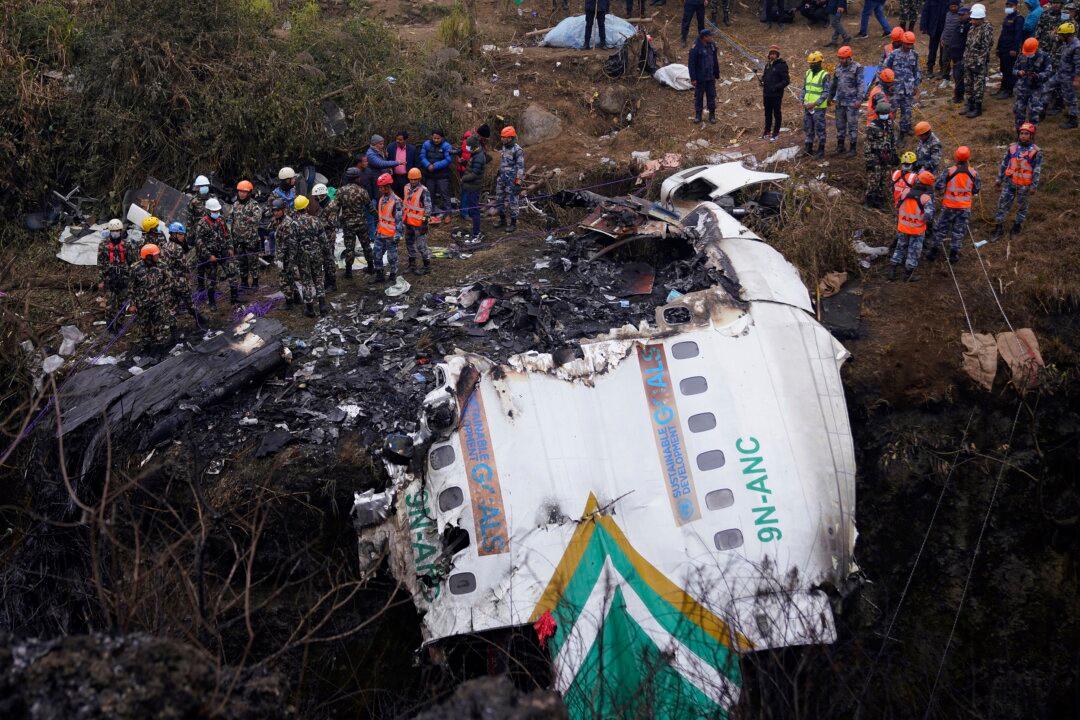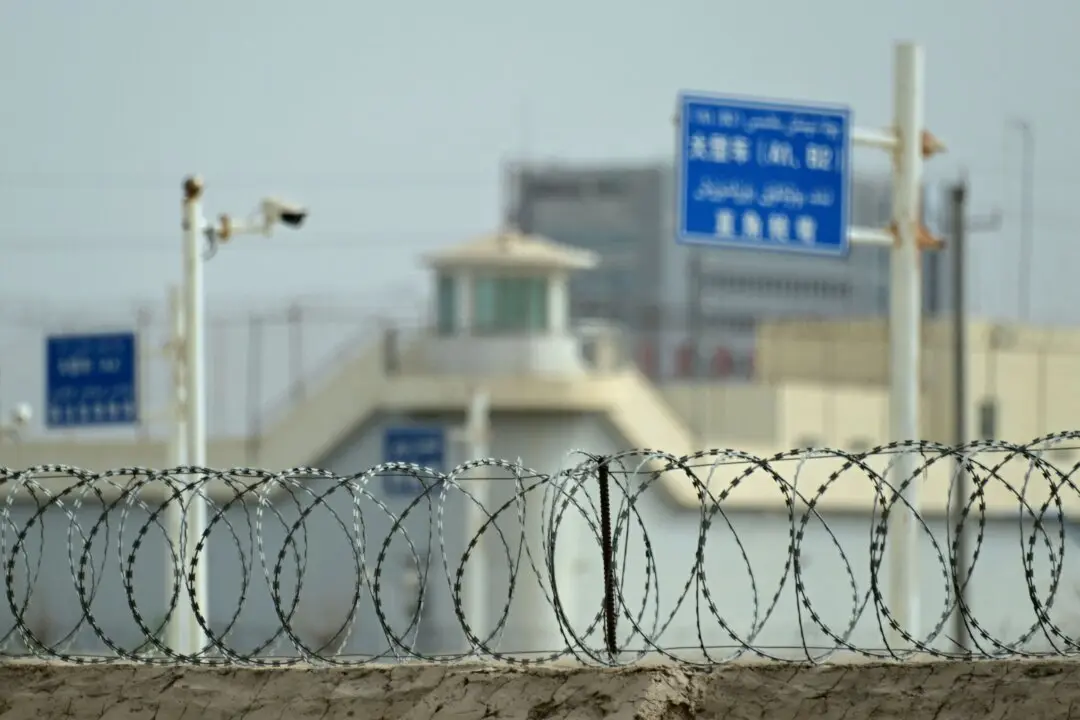Nepal’s investigation committee revealed on Monday that a faulty engine might have been the cause of the country’s deadliest plane crash in over three decades, which left 72 passengers and crew members dead.
The committee made the revelation after analyzing data from the flight recorder and cockpit voice recorder of the Yeti Airlines ATR-72 aircraft that crashed in Pokhara, Nepal, on Jan. 15.





